
FROM CHELSEA TO HAMPTON COURT?
I suggest you an amazing detouR FROM CADOGAN PIER WESTWARDS… And can A VERY LONG ONE indeed!
why not following the thames along Cheyne walk westwards up tO chelsea harbour, AND THEN FURTHER WEST UP TO FULHAM AND HAMMERSMITH. KEW and RICHMOND ARE STILL FURTHER WESTT, AND YOU COULD BE even GETTING to the “versailles of london” (hampton court palace)
Enjoy great cycling… rent a bike!


The official LBTC route takes you through CHELSEA, towards SOUTH KEN
On this map, the first stretch, to CHELSEA HARBOUR
Ian fleming at carlyle mansions

It was at this address he conceived the Bond novels with his first Casino Royale, written in 1953, the first of 12 novels based on the stories of the suave, debonair British spy, 007. It was a success with three print runs commissioned to cope with demand. More about CHELSEA, FLEMING and BOND
Not only fleming… (by the way, fancy BUYING a flat?)

Carlyle Mansions, built in 1886, is named after the great historian and philosopher Thomas Carlyle, who lived around the corner. It is known locally as ‘Writers Block’ as it has been the home to many authors such as Henry James, Somerset Maugham, Erskine Childers and T S Eliot.
Thomas carlyle

Thomas carlyle house

Thomas Carlyle was born in Ecclefechan, Dumfriesshire in 1795, attending Edinburgh University at the age of fourteen and becoming a mathematics teacher. In 1826 he married the intellectual Jane Baillie Welsh. They settled at Craigenputtock, a remote farm to the north. Despite its location Ralph Waldo Emerson, the American essayist who championed individualism, crossed the Atlantic to track down Thomas.
In 1834 the couple moved to London for Thomas to pursue his literary career, where they paid £35 a year rent for 5 (now 24) Cheyne Row, Chelsea, and where he would live for almost half a century. His list of important books includes The French Revolution (1837) which was a massive success. Amazingly his original manuscript, the first of three ultimate volumes, was given to John Stuart Mill for checking and his maid, mistaking it for rubbish, burned it.
As his star rose Thomas and Jane’s Chelsea home became the hub of literary life where they entertained a circle of famous A-list thinkers who were in tune with his innovative ideas, which had a profound effect on his own generation and the next. There was unstinting admiration and hero worship from friends like Mill, Dickens, Tennyson, the Brownings, Ruskin, Leigh Hunt and Darwin. Even Chopin played their piano. There was also a fan club of strong-minded women who left their mark on society, notably George Eliot and Harriet Martineau. More about THE SAGE OF CHELSEA, from THE LONDON MAGAZINE
Thomas more memorial

Church of the holly redemeer and st.thomas more

Thomas more
When Henry declared himself 'supreme head of the Church in England' - thus establishing the Anglican Church and allowing him to end his marriage - More resigned the chancellorship. He continued to argue against the king's divorce and the split with Rome, and in 1534 was arrested after refusing to swear an oath of succession repudiating the pope and accepting the annulment of Henry's marriage. He was tried for treason at Westminster and on 6 July 1535 was executed on Tower Hill.
chelsea old church: a new church
Church st. And aDjacent streets
More’s house
As More's royal duties frequently required his attendance at the king's Thames-side palaces in both Richmond and Greenwich, it was convenient to select a riverside property situated between them (the common method of transport being by boat) for his home. In about 1520, for £30 (equivalent to £24,000 in 2023) he purchased a 27-acre (11-hectare) parcel of land stretching from the Thames in Chelsea to the present-day King's Road; the east and west boundaries are represented by the present-day Old Church Street and Millman's Street.[1] There he built a dignified red-brick mansion (known simply as More's house or Chelsea House). As well as a family chapel within the building, More had built a separate, small chapel in the grounds for himself for solitary prayer and penance.[2]
On his arrest in 1534 all of More's property was forfeit to the Crown. The house was given the name of Beaufort Houseonly in 1682, when it passed into the hands of the 1st Duke of Beaufort. It was demolished in 1740, giving its name to present-day Beaufort Street.
The north gate of Beaufort House, now at Chiswick Park, London

Ropers garden

Daughter of Sir Thomas More. After her executed father’s parboiled head had been displayed on a pike at London bridge for the required month, she bribed the keeper to give it to her. She pickled it in spices and after her death, her husband took charge of it. It was eventually buried with him.
SIR WILLIAM ROPER married Sir Thomas More’s daughter Margaret in 1521 and wrote More’s biography. He was a member of several parliaments between 1529 and 1558.

Crosby hall. An “import” from the city. A medieval hall, now part of a private resudence
Crosby Hall’s story is extraordinary. The most important surviving secular domestic Medieval building in London, Sir John Crosby’s great hall has on several occasions been snatched from the brink of demolition. After a 400-year gap, it is being incorporated back into a private house. Keep reading
Cheyne walk Famous people

Have a look at LONDON REMEMBERS… and realise what a selection of dwellers!
Battersea bRIDGE
On the site of THOMAS MORE landing stage (for his residence). 1885. JOSEPH BAZALGETTE.
WHISTLER painted the old one…
Whistler by dimbleby

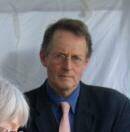
chelsea reach houseboats
Chelsea Reach is an important part of Chelsea’s character and heritage. The Chelsea Society has therefore been working for more than two years with the Cheyne Walk Trust and others to persuade RBKC to prevent the removal of traditional houseboats from Chelsea Reach, and their replacement by very large floating structures, each containing two dwelling units.
No.96 Paul channon, CONSERVATIVE mp (and whistler)
“Visitors” here In 1970: : GERRY ADAMS and MARTIN MCGUINNES
no.94 bellevue house. The follets
Lindsey house
Built in 1674 by Robert Bertie 3rd Earl of Lindsey, incorporates a house which Sir Theodore Mayerne, court physician, built on the site of Sir Thomas More's farm. Reconstructed 1752 by Count Zinzendorf as the London headquarters of the Moravian Brethren.
Sub-divided 1774 as 1-7 Lindsey Row. Altered in the 19th century and again in 1952.
the brunels
Civil Engineer, born Hacqueville, Normandy, France. Educated in France, but forced to flee to the United States after publicly predicting the demise of Robespierre. He submitted a design for the Capitol building which was not selected. He sailed for England in 1799 with designs for a machine to produce pulley blocks. He designed the Thames tunnel from Rotherhithe to Wapping, which is believed to be the first to have been built under a navigable river. Knighted 1841.

Civil engineer. Born Portsea, Hampshire. Constructions include: Great Western Railway and the Clifton Suspension Bridge. Died at home, 18 Duke Street
If you cycle or walk towards king’s road…
You are now on this (almost) final stretch of CHELSEA’S KING’S ROAD: shops, eateries, art galleries, interesting buildings…
Look at a bit of history…
Milman’s st. MORAVIAN BURIAL GROUND

The Fetter Lane Congregation of the Moravian Church was founded in 1742 by members of the Church who had come to London in search of passage to the British colonies in the Caribbean in order to take the Gospel to the slave communities. They realised that there was work to do here in this country and that there were people here, like James Hutton and the Wesley Brothers with whom to do it. After holding worship meetings in peoples' homes, a permanent place was created at Fetter Lane in the heart of the City of London. The congregation, which was served by ministers from Germany and Great Britain, also had links with the Moravian Chapel and burial ground (God’s Acre) in Chelsea based around Lindsey House.
Unfortunately the Fetter Lane Chapel was destroyed by enemy bombing in 1941 and the congregation became disparate, worshipping in chapels of various denominations, mostly south of the Thames.
Eventually, in the 1960s it was decided to re-establish the Fetter Lane Congregation at the Chelsea site. This is where the congregation has worshipped ever since, with the responsibility of looking after the God's Acre, which contains the graves of such as Peter Böhler, John Cennick and James Hutton.
The world’s end PH

Vivienne westwood. Punk!


FORMER GARAGE, now Bluebird restaurant
The garage was built in 1923 for the Bluebird Motor Company, designed to the very latest style by the architect Robert Sharp. At the time of its completion the garages were claimed to be the largest in Europe. At 50,000 sq ft (4,600 m2), there was room for 300 cars in the main garage, a further 7,000 sq ft (650 m2) was given over to workshops. On either side of the garage two further buildings contained lounges and writing rooms. The lounges were segregated for ladies, owners and chauffeurs.
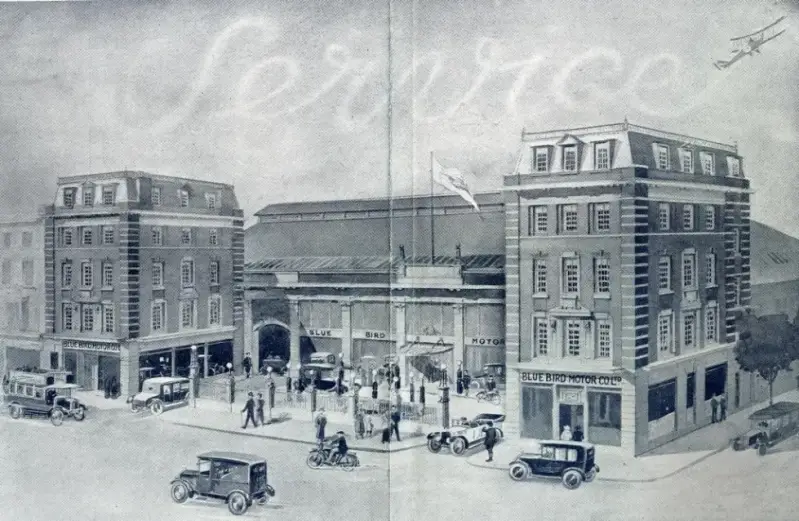
again, along cheyne walk
sylvia pankhurst

In 1906 having just finished at the Royal College of Art Pankhurst moved here into two unfurnished rooms.
Born in Manchester as Estelle Sylvia, daughter of Emmeline Pankhurst. Trained and initially worked as an artist. Worked with George Lansbury in the East End. 1924 Sylvia moved from the East End of London to Woodford Green, into Red Cottage with Silvio Corio, an Italian anarchist/journalist/painter and her lover and companion for 30 years. Demolished in 1939, Red Cottage was number 126 on Woodford Green High Road. They ran it as a teashop. What remains is the Stone Bomb monument.
In 1927 she give birth to her and Corio's son Richard, named for her father, whom she loved and revered.
In 1935 Sylvia moved to a Victorian house, West Dene, 3 Charteris Road. When she became interested in Ethiopia

The twelve-acre site was then developed by James Ellis into a proprietary place of entertainment and spectacle, being popular as such from 1845, when they opened, to 1877, when they were compelled to close down for being too rowdy. The Cremorne Gardens occupied a large site running between the Thames and the King's Road. They were noisy and colourful pleasure gardens featuring restaurants, entertainments, dancing, tightrope walking and balloon ascents, and could be entered from the north gate on Kings Road or another by the Cremorne Pier on the river.
Former lots road power station. Now REDEVELOPED as residential
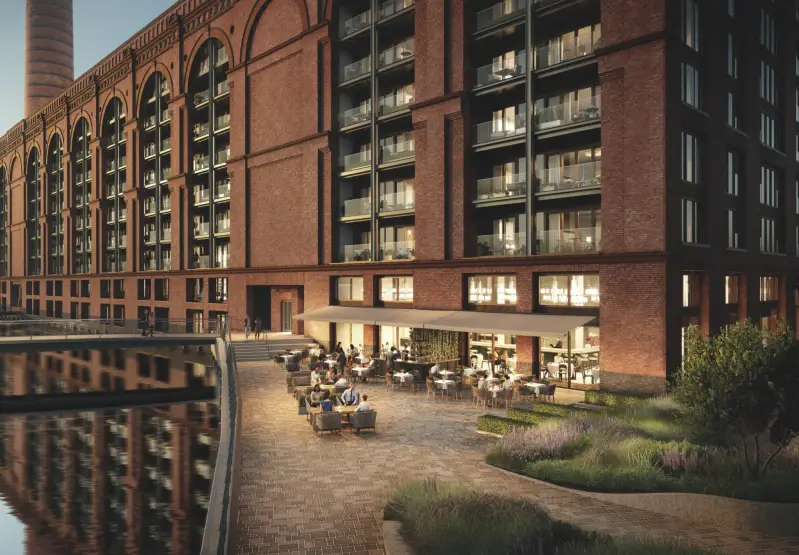
The Power Station opened in 1905 to power the LONDON UNDERGROUND. 6.000 tones of coal were brought here each week. It was, then, the largest in the world.
The redevelopment was designed by architect Farrells, Formation Architects and BTPW. The engineering, by BURO HAPPOLD.
606 club

Chelsea creek

Counter's Creek, ending in Chelsea Creek, the lowest part of which still exists, was a stream that flowed from Kensal Green, by North Kensington and flowed south into the River Thames on the Tideway at Sands End, Fulham. Its remaining open watercourse is the quay of Chelsea Creek. it was converted into an industrial canal, before becoming a railway route
Chelsea harbour

Well concealed luxury, in an exclusive enclave, ideal for footballers, pop and cinema stars…
design centre

Along lots rd. and king’s rd

fulham broadway is not far away. Welcome to fulham!
And try not to miss the area around eel brook common and parsons green
The WHITE HORSE PH


Imperial wharf


Sands end
Chelsea Harbour" stands on land that was once the 28-acre estate of Sandford Manor House. Among other occupants, it is reputed to have been the residence of Nell Gwyn.[3] At the start of the 19th-century, it was in decline and was bought by a gas company.[4] Part of the land was used as a Victorian-era railway coaling dock on the River Thames. Latterly it had been a coal yard for predecessor companies of British Rail.
In 1824, twenty acres of the estate were bought by the Imperial Gas Light and Coke Company, the first public utility enterprise in the world. So began almost two centuries of industrialisation and manufacturing.
Craftsmen and artists were still attracted to its fringes, most notably, William De Morgan, a friend of William Morrisand a member of the Arts and Crafts movement.
Sands End in Fulham was the final site of the De Morgan ceramic works before the business eventually folded, and this period was perhaps the most exciting. William had perfected his lustre glazes, had trained and developed a dedicated team to expertly turn his design ideas into reality and gone into business with architect Halsey Ricardo.
It was under Ricardo’s influence that De Morgan & Co. produced large scale pictorial tiled schemes for interiors. Whilst William had previously designed such schemes, the scale and ambition really developed whilst at Fulham. The Parrot Tile Panels were designed to repeat over 16 tiles so that entire rooms could be covered. A similar scheme can still be seen at the Tabard Inn/Pub, Chiswick, London.

Sandford Manor House is a Grade II* listedhouse in Rewell Street.
It was probably built in the late 17th century, but with later alterations and additions.[1] It has been converted to offices. The house is reputed to have been the residence of Nell Gwynne, the long-time mistress of King Charles II.
The current Lord of the Manor of Sandford is Shawn Casini. This title was re-enacted in January 2024.
Former kops brewery, NOW RESIDENTIAL
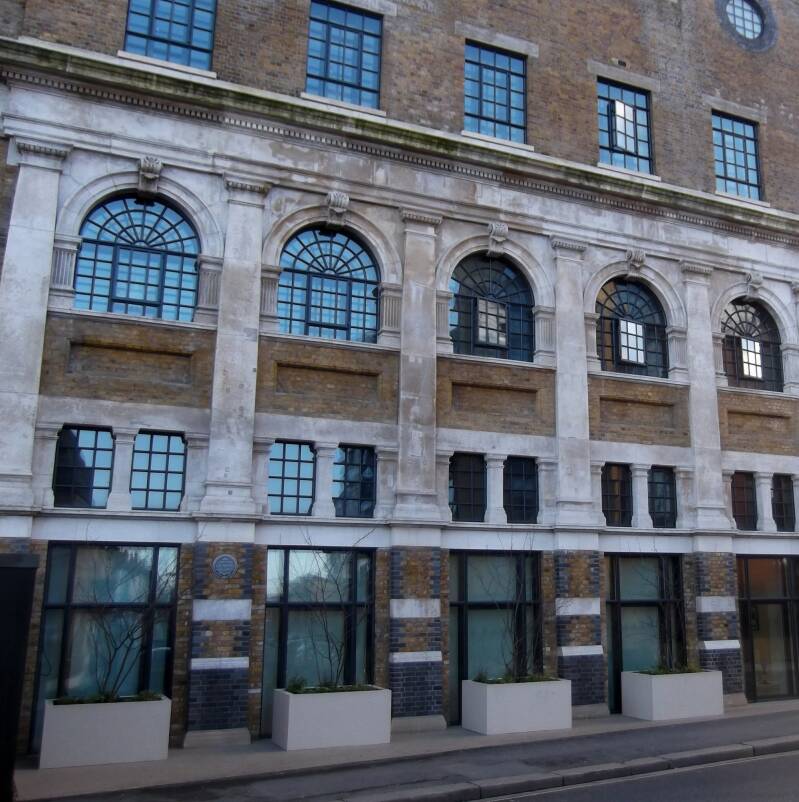
The Kops Brewery, founded by Henry Lowenfeld, originally from Poland, in 1890 was the first brewer of non-alcoholic beer in the United Kingdom. Ales and stouts produced on this eight-acre site were exported throughout the British Empire.
He was a natural entrepreneur, as he was also the owner and manager of two West End theatres and one of England's first luxury hotels
The hurlingham club (originally, it was about pigeon shooting…)


The Gun Club was formed in 1860 at the Hornsey Wood Tavern, which stood in what today is Finsbury Park NORTH London. The creation of the park in 1867 forced a relocation and Frank HEATHCOTE received the permission of Richard NAYLOR to promote live PIGEON SHOOTING at his HURLINGHAM estate. Therefore he formed the Hurlingham Club for this purpose and "as an agreeable country resort" The club leased the estate from Naylor in 1869 and in 1874 acquired the land outright for £27,500. And that is why the pigeon today forms part of the club's crest.
Fulham riverside area. The old original RIVERSIDE VILLAGE
PUTNEY BRIDGE LU Station

PUTNEY PIER


From FULHAM HIGH ST. and NEW KING’S ROAD
ranelagh gardens
“Petrol” & “motor car”, fulham words?
Mechanical engineer and businessman FREDERICK SIMMS was born in HAMBURG, where his grandfather, from BIRMINGHAM, had established a business. Educated in Germany and London. Inventor and motor industry pioneer. Coined the words "petrol" and "motorcar". He founded the ROYAL AUTOMOBILE CLUB. Had workshops and premises at various locations across London. Died in Stoke Poges.
Or was it carless of hackey wick?
Swan wharf
This building stands on the site of Swan Wharf which in the nineteenth century was the site of a brewery and public house 'Swan Inn'. Beside, was the coal wharf of Cramer Roberts & Co. The inn was destroyed by fire in 1871.
Putney brIdge

An 1882 bridge, by BAZALGETTE. The new bridge spans the river Thames in five segmental arches. The centre arch has a span of 144 feet with a rise of 19 feet 3 inches and a heading of 20 feet above the highwater mark. The arches on either side have spans of 127 feet and the two shore arches have spans of 112 feet. There are three-branched cast iron lamp standards at the centre of each arch. The width between the parapets was 44 feet, it was divided into a carriagewayof 25 feet and two footpaths each9feet6incheswide. In1933thebridgewas widened on its east side. The entire bridge was constructedingranite. Thequantityofstoneused was approximately300,000 cubic feet, a portion of which was obtained from Cornwall and Aberdeen.
MARY WOLLTONECROFT attempted suicide here.
Fulham from putney

On the putney side
All saints church
THE BOAT RACE stone (starting point)
All saints church

Grave of granville sharp
a British scholar, devout Christian, philanthropist and one of the first campaigners for the abolition of the slave trade in Britain. Born in Durham, he initially worked as a civil servant in the Board of Ordnance. His involvement in abolitionism began in 1767 when he defended a severely injured slave from Barbados in a legal case against his master. Increasingly devoted to the cause, he continually sought test cases against the legal justifications for slavery, and in 1769 he published the first tract in England that explicitly attacked the concept of slavery.

Slave trade: the famous thomas clarkson engraving
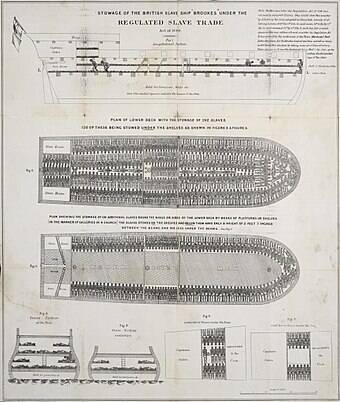
Visit CLAPHAM with LBTC SOUH LONDON VILLAGES TOUR
War memorial

London troops memorial

international brigade memorial

In honour of the volunteers who left Hammersmith and Fulham to fight in the International Brigade, Spain 1936 - 1939. They fought alongside the Spanish people to stop Fascism and save liberty and peace for all.
They went because their open eyes could see no other way.
"No pasaran!"

BISHOP’s PARK & PALACE

The official BISHOP OF LONDON summer residence until 1973 (since 704!).
Site, in the 16th, of London most important botanical gardens.
Craven cottage

Football club. Formed as Fulham St Andrew's Church Sunday School F.C. by worshippers in the church at Star Road, West Kensington. The club which plays at Craven Cottage in Fulham has spent twenty-four seasons in English football's top division. Notable players have included Johnny Haynes, George Cohen, Bobby Robson, Rodney Marsh and Alan Mullery.

carry on on the thames path… you won’t regret!
Between the river and fulham palace road: the crabtree conservation area

Terraces of suburban housing rolled out across the former market gardens and gentlemen’s estates from the 1870s.
Thanks to the extension of the railway lines rural districts were put within easy reach from the City of London and the a West End, at the same time that a great influx of people from the country was in need of housing

The crabtree ph
River café
RUTH ROGERS Italian restaurant. Husband RICHARD ROGERS had his architectural practice next door.Originally was fuounded, owned and run by chefs Ruth Rogers and Rose until Gray's death in 2010; since then, Rogers has been the sole owner and has run the restaurant.
Ruth Elias was born in upstate New York. She inherited her left-wing politics from her parents.[5] Her father was a doctor, the son of immigrants to the US from Hungary; he spent some time in Spain in the 1930s during the Spanish Civil War.[6] Her mother was a librarian and trade union activist, whose parents came to the US from Russia.[7] Her brother is screenwriter Michael Elias, who co-wrote the movie The Jerk and co-created the TV sitcom Head of the Class.[8] The family moved to Woodstock in the early 1960s; she recounts an anecdote of turning down an invitation to watch Bob Dylan and his band rehearsing in 1965.[6]

Alexander Duckham (11 March 1877 – 1 February 1945) was an English chemist and businessman, best known for the development of machine lubricants. The son of an engineer, after university he specialised in lubrication, working briefly for Fleming's Oil Company before founding his own company, Alexander Duckham & Co, in Millwall and relocated from Millwall to Hammersmith in 1921.[12]Duckhams' Hammersmith site closed in 1979, was acquired by Richard Rogers' architects practice (today Rogers Stirk Harbour + Partners) in 1983, and was redeveloped to become the Thames Wharf Studios and the River Café.[14][15][16]



HAMMERSMITH PUMPING STATION
WILLIAM TIERNEY CLARK memorial

William Tierney Clark 1783 - 1852 who lived locally was a distinguished civil engineer, architect and fellow of the Royal Society. He designed the first suspension bridge over the Thames at Hammersmith completed in 1827, which was replaced by the present bridge in 1887. Clark’s Hammersmith Bridge design led directly to his greatest work, the Chain Bridge over the Danube at Budapest (1849) shown on the panel above. Clark was the engineer of the West Middlesex Water Company located in Hammersmith. His other civil engineering works were the chain bridges at Marlow (1832) and Shoreham (1833 - 1923), He also built the Thames Medway Canal (1824 - 1844) and Gravesend Pier (1834)See his portrait and a representation of the Széchenyi Chain Bridge in Budapest:
LANCELOT capability brown mEmorial
Riverside studios



In 1933, a former Victorian iron foundry on Crisp Road, London, was bought by Triumph Films and converted into a relatively compact film studio with two stages and a dubbing theatre. In 1935, the studios were taken over by Julius Hagen (then owner of Twickenham Studios) with the idea of using Riverside for making quota quickies. However, by 1937 his company had gone into liquidation. Between 1937 and 1946, the studios were owned by Jack Buchanan and produced such films as We'll Meet Again (1943) with Vera Lynn and The Seventh Veil (1945) with James Mason. In 1946 the studios were acquired by Alliance Film Studios (then owners of Twickenham Studios and Southall Studios) and produced films including They Made Me a Fugitive (1948) with Trevor Howard, The Happiest Days of Your Life(1950) with Alistair Sim and Margaret Rutherford and Father Brown (1954) with Alec Guinness.
In 1954, the studios were acquired by the British Broadcasting Corporation for its television service.[1][2] Renamed The BBC Riverside Television Studios,[3] the building was officially opened on 29 March 1957 by Queen Elizabeth The Queen Mother. Series 2 to 6 of Hancock's Half Hour (1957–60) were made there, along with other comedy, drama and music programmes, including the science-fiction serial Quatermass and the Pit (1958–59), Dixon of Dock Green, Six-Five Special, The Old Grey Whistle Test, Z-Cars, Top of the Pops (1965), and the children's programmes Blue Peter[4] and Play School.[5] (1964–68) Episodes of Doctor Whowere made at Riverside between 1964 and 1968, and Studio 1 was where First Doctor William Hartnell's regeneration scene was filmed.[6] The facility remained in regular use until the BBC left in 1974.[7]
In 1974, a charitable trust formed by Hammersmith and Fulham Council took control of the building, and two large multi-purpose spaces designed by Michael Reardon were created from the studio's two main sound stages. While preparing Riverside's opening festival in 1976, the venue's first Artistic Director Peter Gillpermitted an amateur West London music group called The Strand to use one of the performance spaces to rehearse. They went on to become The Sex Pistols.
Hammersmith bridge
The most bombed bridge in the whole world?. A 16 years old BRENDAN BEHAN placed some explosives… The IRÁ attempted agains it… And again, the IRÁ, or were BARNES residents against its reopening to motor vehicles?

what about crossing over hammersmith bridge and returning south of the river FOR A WHILE?


HAMMERSMITH BRIDGE is only open to pedestrians and cyclists. You can catch a bus in CASTLENAU
Wwt London wetland centre
Barnes, the village
Shops and eateries. HIGH STREET, THE TERRACE
the bull’s head pub & jazz club
Mortlake . Finishing point of the boat race


BARNES and CHISWICK are connected by train


Back on the hammersmith side






If you rent a bike from LBTC…
Now, back to the route… remember you are in hammersmith, riverside
You will be passing runnymede
Windsor, A pretty town
The famous castle

And perhaps you will be catching up with king charles…


The blue anchor ph

The rutland arms ph

Furnival gardens
The gardens are named after Dr Frederick James Furnivall, 1825 - 1910, a distinguished scholar of English literature and an important figure in the development of the sport of rowing. In 1896 he founded the Hammersmith Sculling Club for Girls and Men, now called the Furnivall Sculling Club, whose premises are in Lower Mall.
Furnivall Gardens cover the area which was formerly the mouth of the Hammersmith creek, an outlet into the Thames from Stamford Brook. In 1936 after the decline of the fishing industry in the creek harbour in the early 19th century, the creek was filled in and the water channelled through an underground culvert.
Many of the buildings in the creek area were destroyed by bombing during World War II and, in 1948, the council created an open space in this area, to be used during the Festival of Britain. A walled garden was constructed on the bombed site of what had, since 1765, been the Friends' Meeting House and burial ground.
Furnivall Gardens and Hammersmith Pier were opened on 5th May 1951."
BILLY BRANDT, Mayor of Berlin, presented HAMMERSMITH with this gift…






The dove ph
JAMES THOMPSON composed here RULE BRITTANIA, 1790
site of the doves bindery and press
WILLIAM MORRIS’S KELMSCOTT HOUSE (WILLIAM MORRIS SOCIETY)



First electrical telegraph
A more recent dweller, CHRISTOPHER HAMPTON, DANGEROUS LIAISONS
The old ship ph
Upper mall
The black lion ph


Hammersmith terrace
Alan p herbert MP
The man who steered the divorce bill through Parliament

Emery walker


Western terrace
Chiswick mall


TURNHAM GREEN Sta
Chiswick village
Chiswick lane s


fullers, smith & turner, The oldest london brewery
Drawdock
church street
st.nicholas parish church
1928 Flood
War memorial
Bedford’s wall
Churchyard extension gates piers
THE GEORGE AND DEVONSHIRE
Former post office
Chiswick square
Hogarth house

Alongside powell’s walk
St.mary’s convent & nursing home

Chiswick house & GARDENS
stavely road
First V2 ROCKET attack on london MEMORIAL

Burlington lane
War memorial

Victorian chiswick

Grove park gardens

Strand-on-the-green
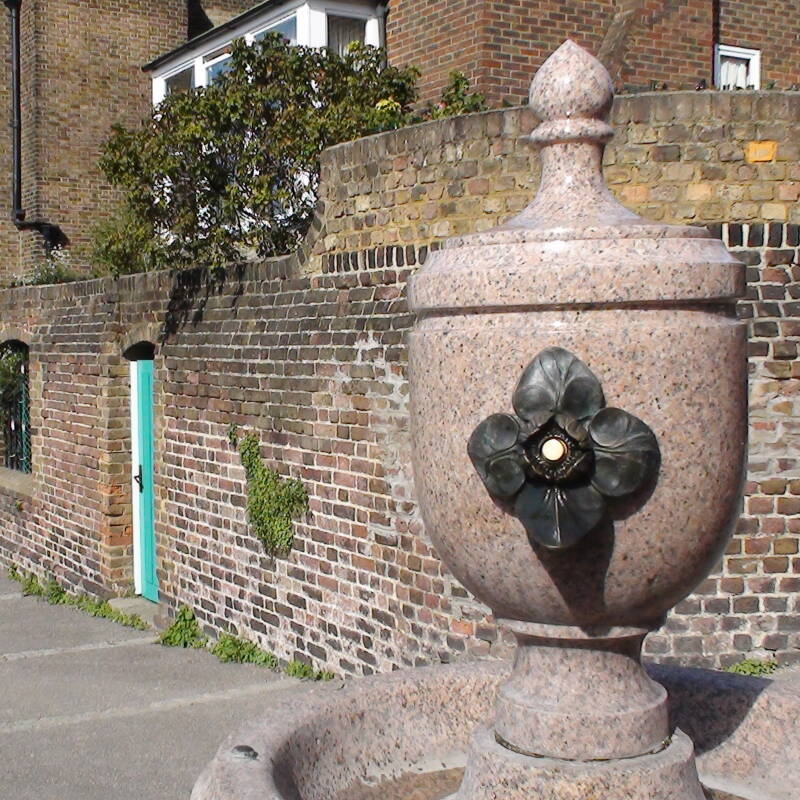


kew railway bridge
Oliver’s island

Kew bridge
Kew,Royal botanical gardens & the dutch house (a royal palace)

Church
Kew village
The national archives
The maids of honour
Station and royal parades

Off to richmond?
Richmond
Ham house
Petersham
Richmond park
Twickenham
National stadium
Turner’s house
Marble hill house
Strawberry hill
Teddington
Why not carrying on to HAMPTON COURT PALACE?



































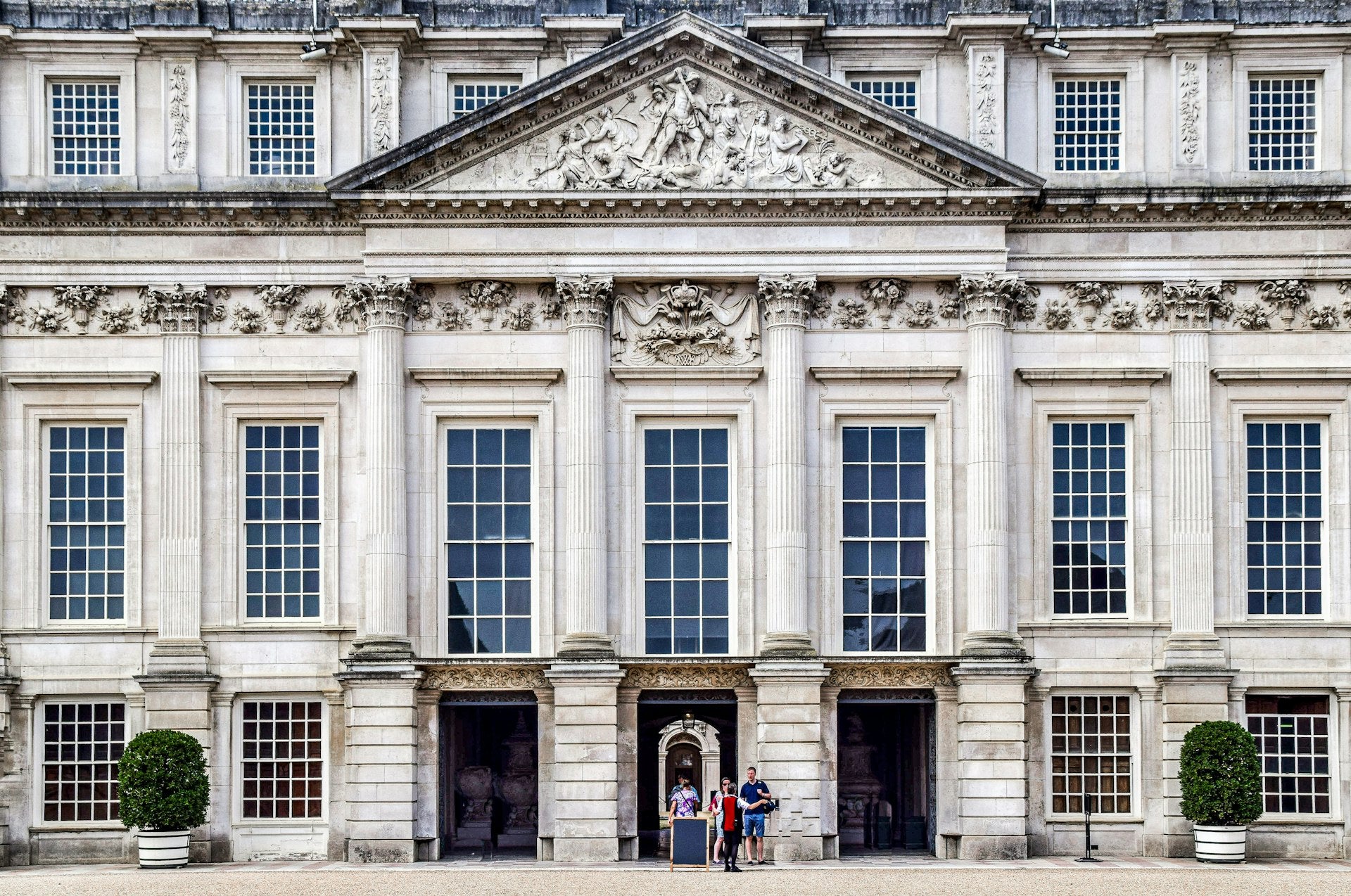
Create Your Own Website With Webador